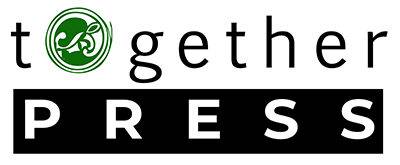Finn meets the residents of the Huon Settlement. They’ve created a new way of being and I find it fascinating to compare them to the Hobart Mob (an Australian Indigenous people word use).
In the absence of paper/pens the Huon Settlement has reduced the importance of them and increased their skill at remembering prodigious amounts of information. Oral storytelling.
In Hobart the settlement has protected books from vorare and have turned written knowledge into their religion. This is something we’ve done for a long time, cities are presumably the place of culture and knowledge, whereas rural areas with their songs and stories have been considered less educated. But, stripping everything away, rural people’s knowledge of how to live on the land is of greater importance. Just ask Hog. In Hobart’s case the people have hit the books to consciously relearn from indigenous cultures, and as a result have survived.
The Huon group adopt a pacifist philosophy while the Hobart mob, when required, use violence, as with the Cartwright Boys. A reflection of where they live, in a more highly crowded city full of goods to scavenge and steal – they’re a bigger target for aggression. In both situations, city/country, who they’ve become is influenced by their location. I did first-year Anthropology, but I’m not an anthropologist and Eat My Shadow is a work of fiction, but I enjoyed exploring how we may be unknowingly shaped by where we live, our access to resources.
An extension of the ‘our location dictates our psychology/practices’ is Finn’s response to the question of whether he’s a pacifist or not. He doesn’t know, tucked away in their hidden valley he’s never had to formulate a response because there’s been no one to fight, fear or befriend. This is the first insight he has into how Father might have been seeing the world differently and protecting him from the fear.
Father seems so calm. Yet all this time, I realise, he’s been dancing on fire.






